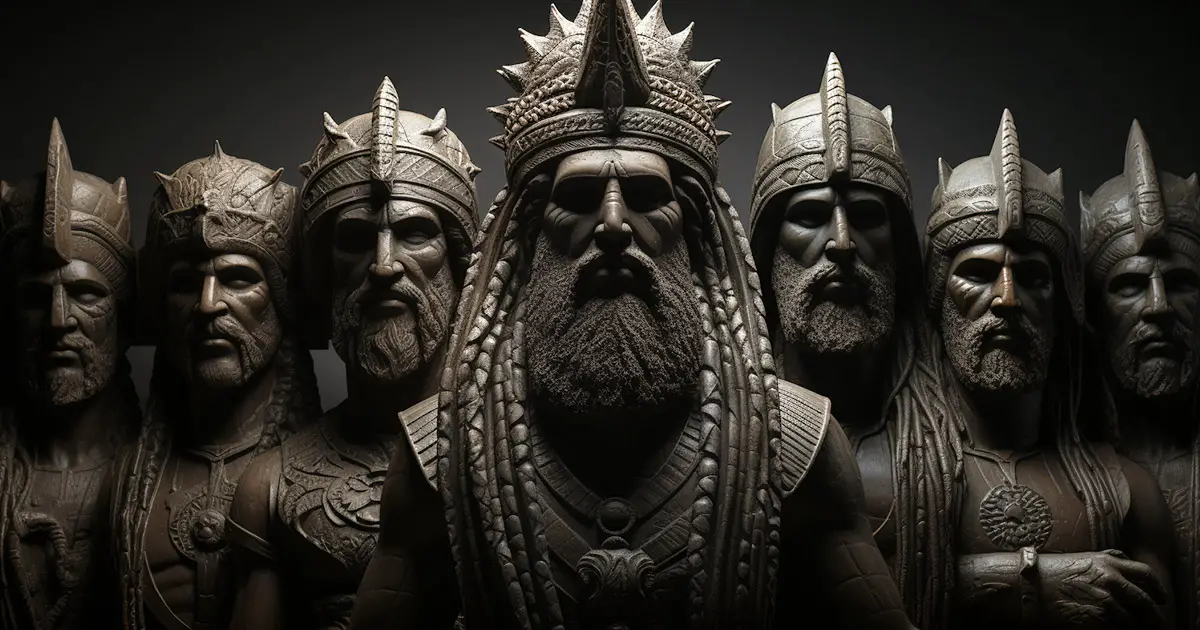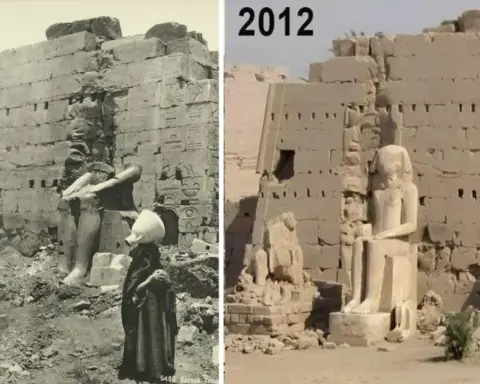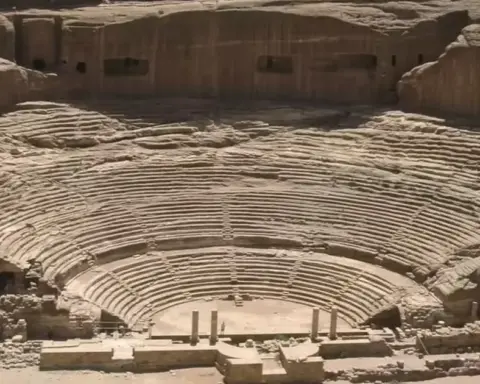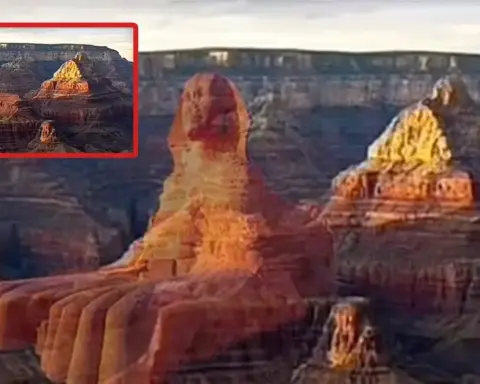The Sumerian King’s List: A Portal to the Past
In the shadowy corridors of ancient Mesopotamian history lies a cryptic document carved in stone that has baffled scholars for centuries—the Sumerian King’s List. This enigmatic record reveals an astonishing narrative: the reign of eight mysterious kings from Nibiru, ruling Earth for a staggering 241,000 years. According to the text, these monarchs “descended from heaven,” intertwining the threads of mythology and history and stirring questions about celestial beings and their influence on our planet.
The Celestial Monarchs from Nibiru
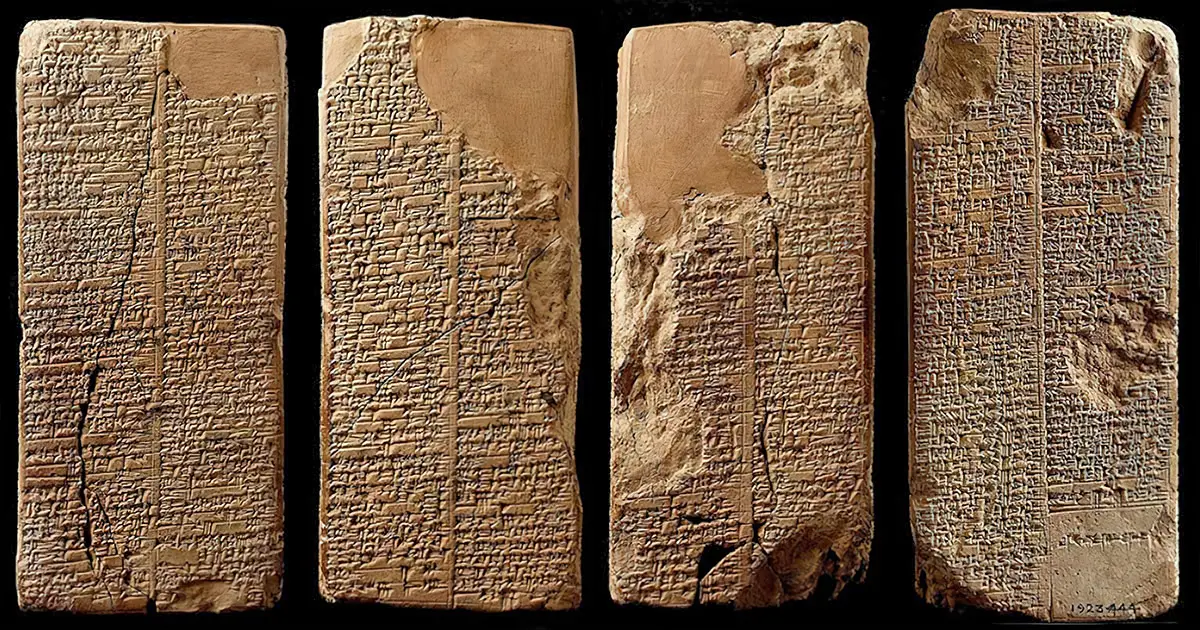
The Sumerian King’s List meticulously enumerates the reign of these eight sovereigns:
- Alalu, the pioneer king, whose tenure spanned 28,800 years, was marked by cosmic events and challenges.
- Anu, ascended after Alalu, leading for 36,000 years, a period characterized by celestial order.
- Antu, reigning for 43,200 years, played a crucial role in maintaining cosmic balance.
- Enki, the wise, ruled for 28,800 years, known for advancements in science and technology.
- Enlil, brother of Enki, took the helm for 36,000 years, focusing on the fate of humanity.
- Ninmah, the nurturing goddess, reigned for 28,800 years, contributing to Earth’s prosperity.
- Nannar (Sin), the lunar deity, governed for 21,000 years, casting a mystical influence over the night.
- Ninurta, associated with war and agriculture, led for 18,600 years, marking a period of harmony between nature and human endeavors.
The Mythology Versus Reality Debate
The text concludes with a dramatic assertion: across five cities, these monarchs presided over Earth for an incomprehensible 241,200 years until a deluge reshaped our planet. This narrative plunges readers into a dichotomy of thought—are these accounts of divine rulership rooted in reality, or are they mere myths?
Tracing the Line Between Fact and Fiction
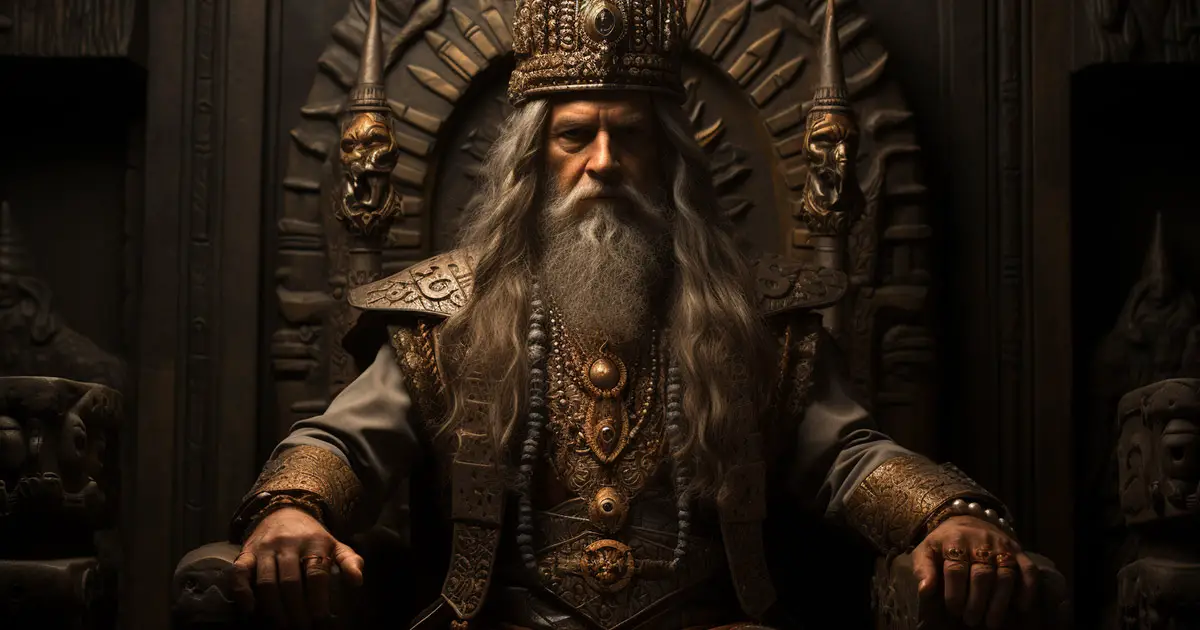
The Sumerian King’s List is a bewildering blend of prehistoric and mythological dynasties, intertwining with historically verifiable reigns, such as that of Enmebaragesi De Kish. This intertwining raises profound questions about the nature of these ancient texts. Are the seemingly impossible reigns allegorical, or do they signify a deeper, possibly extraterrestrial influence on ancient civilizations?
The Anunnaki Legacy: Beyond the Great Flood
Echoing other ancient flood myths, the narrative of these rulers’ end in a catastrophic deluge invites speculation about a shared origin for these stories. If interpreted literally, the list hints at an extraterrestrial governance—by the Anunnaki—over Earth. This hypothesis opens the door to theories of ancient astronauts, suggesting a profound extraterrestrial impact on human history.
Deciphering the Sumerian King’s List
The challenge lies in unraveling the mysteries contained within the Sumerian King’s List. Is this text a historical record of ancient astronaut-led governance, or a symbolic tale of power’s cyclical nature? The list, with its blend of historical credibility and mythological fantasy, continues to captivate and perplex, inviting us to explore the depths of our planet’s enigmatic past.
Conclusion: The Allure of Ancient Mysteries
The Sumerian King’s List stands as a testament to the complexity of ancient narratives, blurring the lines between history and mythology. Whether it chronicles the reign of celestial beings over Earth or serves as a metaphorical account of dynastic cycles, the fascination with this ancient text endures. It beckons us to delve into the mysteries of a time when gods walked among us, shaping the destiny of humanity in their celestial hands.
VIDEO:

